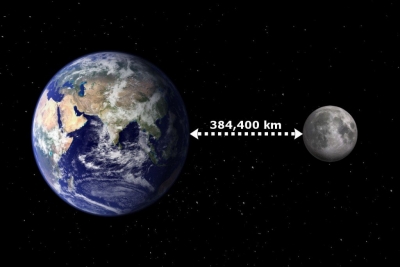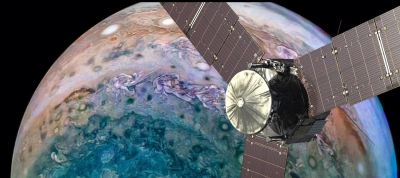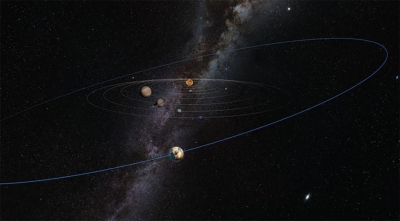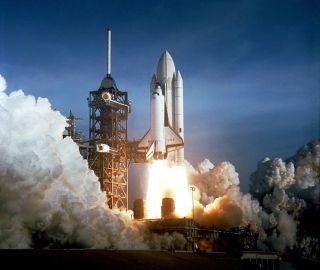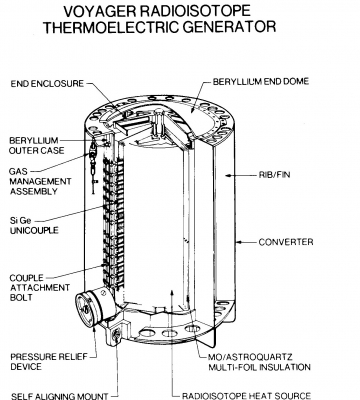
All living things depend upon water for their survival; life on Earth would not exist without it. A clean supply of water is essential for people, not only to drink but for sanitation and health reasons. There is plenty of water on Earth, but not everyone has access to the same amount. Demand for water is always increasing, and supplies in many parts of the world are overstretched. In such areas, supplying fresh water can be a time-consuming and expensive business. For many people, a safe, regular supply of water is taken for granted but without it life, and indeed industry, would come to a halt.
Water is a life giver - even a life creator. It lies at the basis of our understanding of how life works. It also lies at the basis of how we understand our own personal lives. Of the four (or five) basic building blocks of life, water is the only one with a visible cycle, which we call the hydrologic cycle. Fire has no cycle that we can see, either do earth or air. And we don't understand spirit (the ether) enough to know if it does or not. Water is a constant reminder that life repeats.
The hydrologic cycle works as follows: From its most usable state, water evaporates and joins the air as water vapor. When the air cools, the vapor condenses and creates clouds, which help block heat from the sun. Colonies of the ice-nucleating bacterium, P. syringe, blown into the clouds by wind, help them to precipitate and fall as rain, snow, or hail. Much of the precipitation is stored on land as groundwater and lakes, snow and ice. From there water flows to the sea, where it joins the "primordial soup" again as ocean, ready to start the cycle anew.
Here are many of the roles that water provides both for the earth and for humans—that help produce the abundance of life we see around us every day. Without even one of these our lives would be far different.
Without water the air and earth would vacillate between extreme hot and extreme cold every day, everywhere, with a gradual increase in temperature as time goes on. Part of the problem with global warming could be that we are using up too much land water and throwing rain away into the sea.
In addition to being the soup from which life emerged, the ocean and other water bodies act as home for more life than what lives on land. Mammals, fish, birds, insects, trees, plants, algae, krill, and many other forms of life either live directly in water or are wholly dependent upon it for survival. This includes the tiny iceworms, copepods, and diatoms that inhabit trillions of minuscule tunnels in icebergs and their undersides, providing food for whales and fish that migrate to the poles to eat.
Water and carbon dioxide are the two key components of plant photosynthesis, which is how plants make their food. Bees use water to make honey, flowers use water to make nectar, trees use water to make pitch, spiders and snakes use water to make venom, and termites mix saliva with mud to make their homes. Humans use water to make paint, dyes, inks, all kinds of drinks, and we bottle it straight. We use it for paper, fabrics, food processing, chemical compounds, and the manufacture of hundreds of other products essential to modern living.
Without water, plants and many insects and arthropods could not survive, nor would humans have developed the foods and industries we have.
To humans, as creators of our own lives, water is our servant. We use it to grow crops and livestock, to cleanse and keep ourselves healthy, to stimulate ideas for products, and to transport those products. We use its cycles to remind us that our own lives also work in cycles.
But if we abuse water, like masters have a tendency to do with servants, if we don't care for it and preserve it, we will end up destroying ourselves. We need the rain forests, the swamplands, the open rivers and lakes, the estuaries, icebergs, snow tops—water in all its natural forms we need. And so does the rest of life.
If, instead of commanding it, we could conceive of ourselves as a partner or an intelligent component of water's own rain and storage cycle, it might encourage us to be more respectful of what water can do and more careful of the way we utilize it.
With water, we thrive. Without water, there is no life. We must learn to value, conserve, and take care of the water we have.
picture Credit : Google
